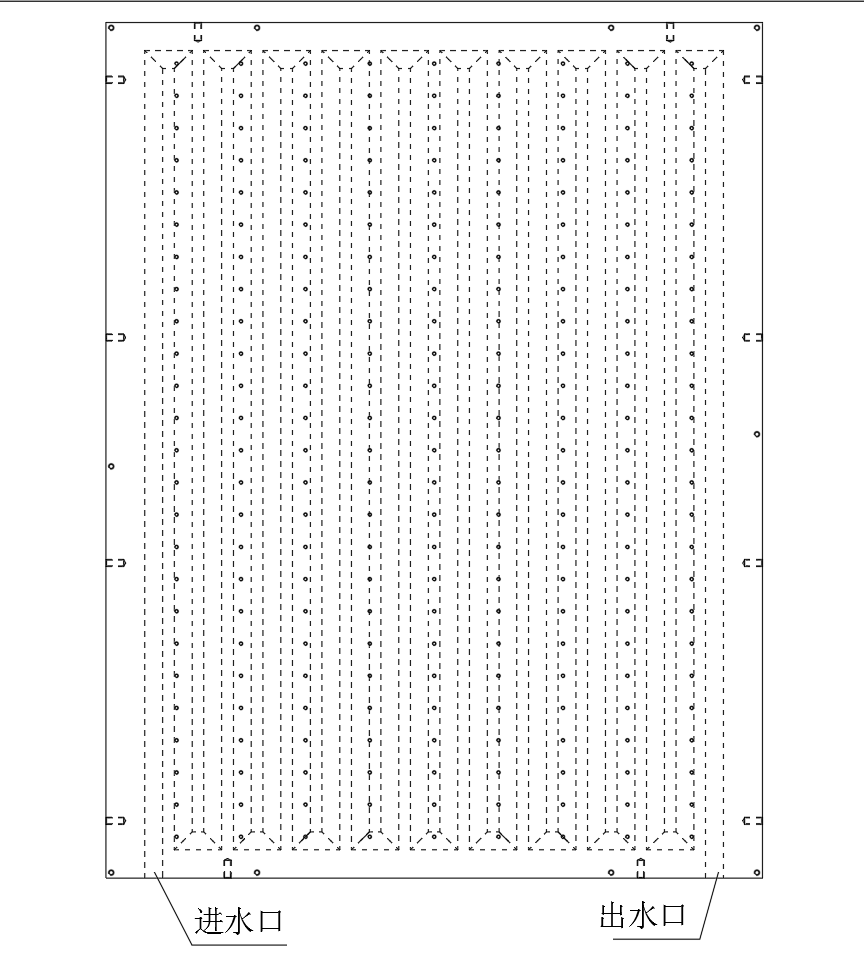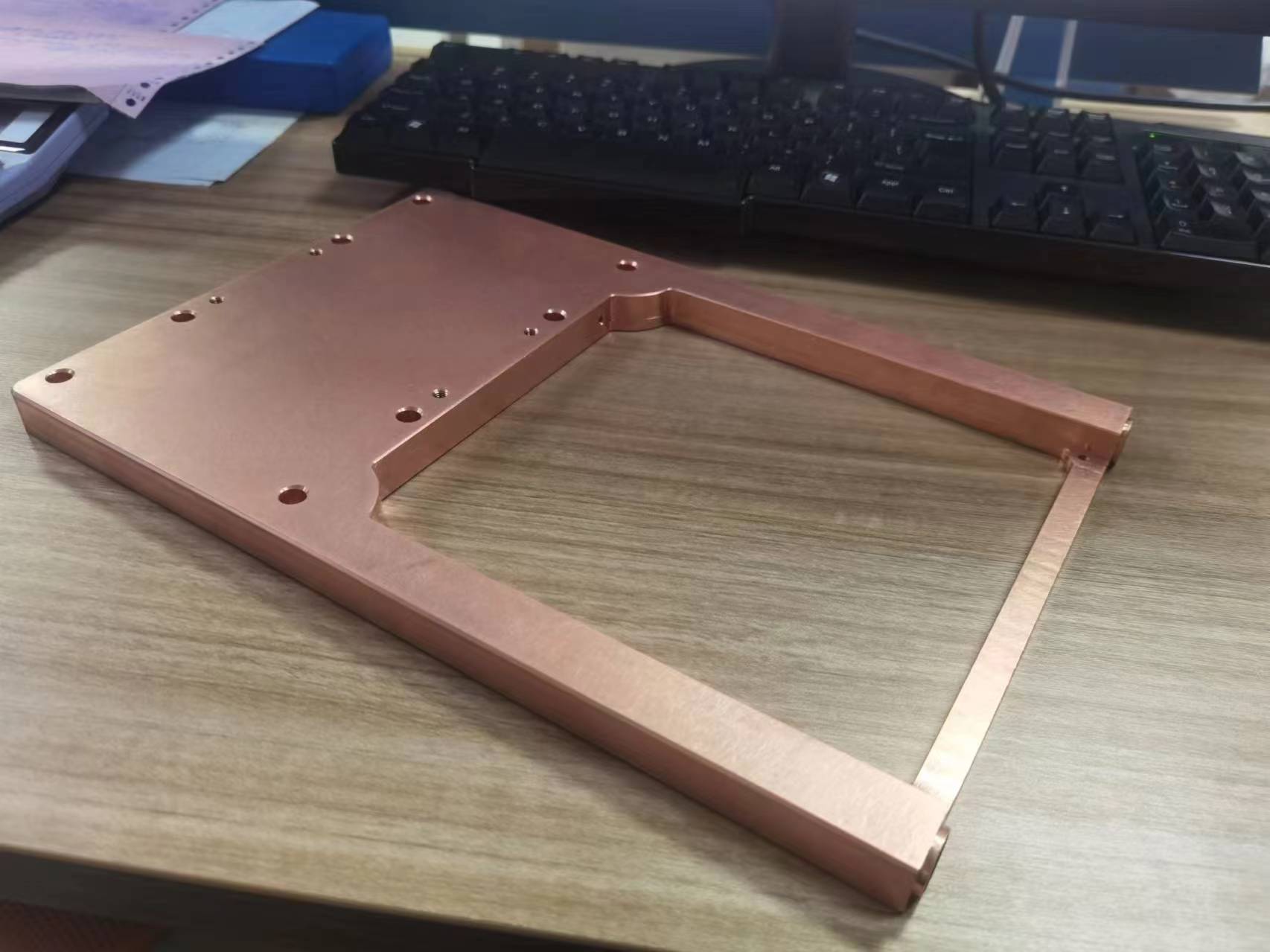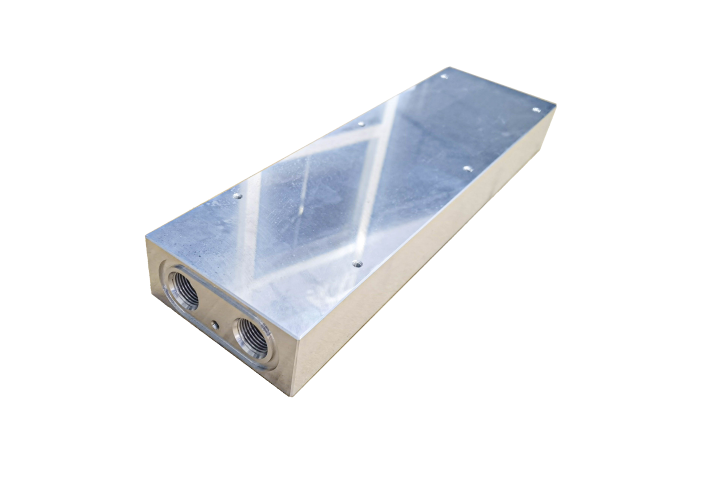Liquid-cooled radiator for deep hole drilling
Deep-hole drilling is to drill several circular waterways on aluminum plate/copper plate through corresponding drill bits, which penetrate each other to form circulating waterways.
Product Features:
1. Efficient Heat Dissipation: The deep hole drilling liquid cooling radiator provides exceptional cooling performance, effectively dissipating heat generated during intensive drilling operations, ensuring the stability and longevity of your equipment.
2. Enhanced Drilling Performance: By maintaining optimal temperature levels, the liquid cooling system helps to prevent overheating and ensures consistent drilling performance, resulting in faster and more accurate drilling.
3. Reduced Downtime: The deep hole drilling liquid cooling radiator minimizes the risk of equipment overheating and potential damage, reducing downtime and maximizing productivity.
4. Quiet and Noiseless Operation: With its liquid cooling technology, this radiator operates silently, providing a quiet and comfortable working environment without the distraction of loud fans or cooling systems.
Sales highlights:
1. Efficient heat dissipation performance: the liquid-cooled radiator for deep-hole drilling provides excellent heat dissipation performance, effectively dissipates the heat generated during high-intensity drilling, and ensures the stability and service life of the equipment.
2. Improve drilling performance: By maintaining the optimal temperature level, the liquid cooling system helps to prevent overheating, ensure stable and consistent drilling performance, and realize faster and more accurate drilling.
3. Reduce downtime: Deep-hole drilling liquid-cooled radiator reduces the risk of overheating and potential damage of equipment, reduces downtime and maximizes production efficiency.
4. Quiet and silent operation: adopting liquid cooling technology, the radiator runs silently, providing a quiet and comfortable working environment, without worrying about noisy fans or cooling system distracting attention.
Second, uses: heat dissipation of power batteries for new energy vehicles, heat dissipation of UPS and energy storage systems, heat dissipation of large servers, heat dissipation of large photovoltaic inverters, SVG/SVC, air conditioners, etc.


